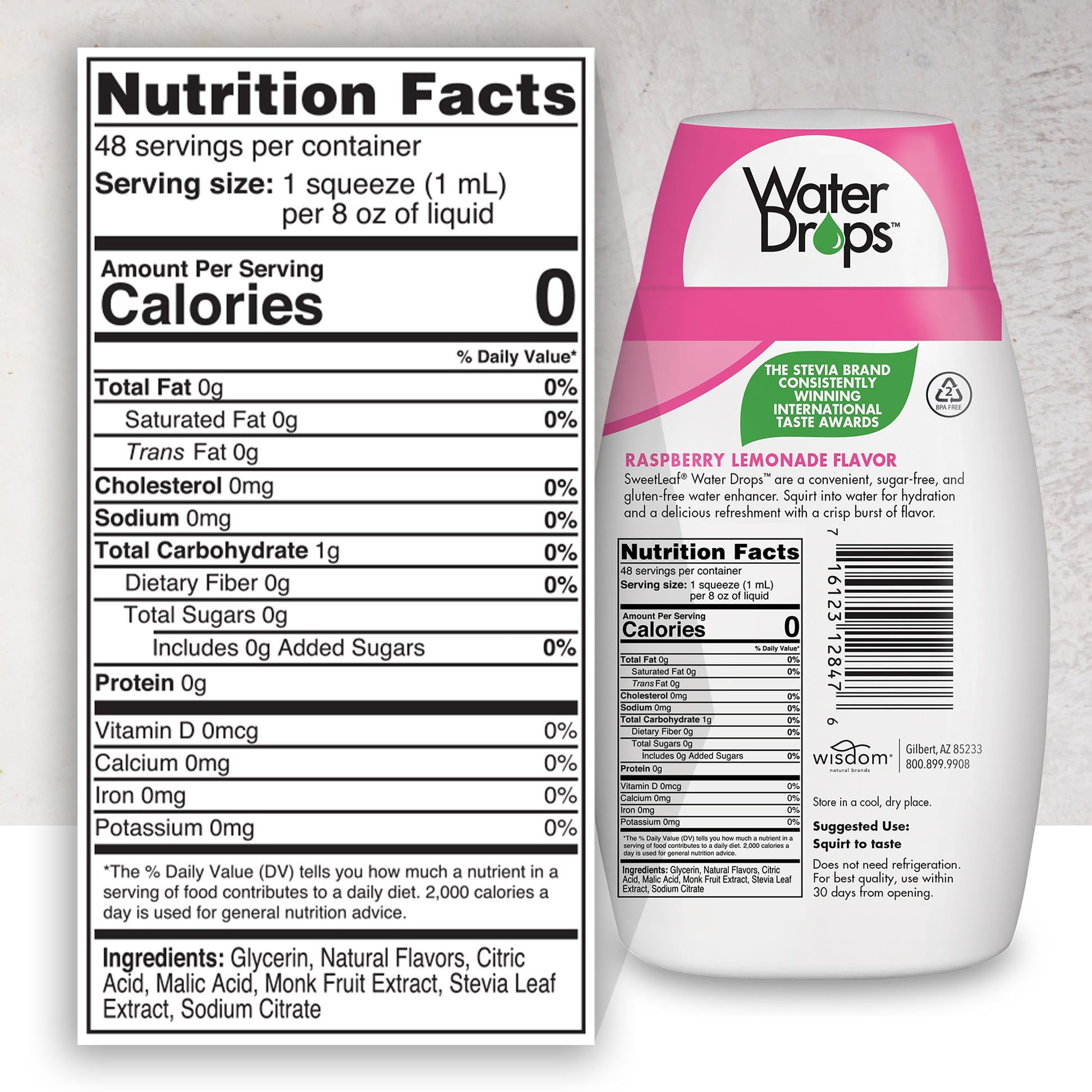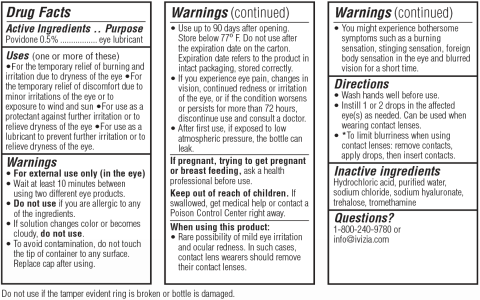Okay, so today I wanna share how I messed around with creating those cool “water drops” effects using, like, basic stuff. It was a fun little experiment, and I learned a bunch!
First things first: Gathering the Ingredients! I didn’t go fancy. I grabbed a bottle of glycerin from the pharmacy – heard it makes the drops look more realistic. Then, some distilled water because, you know, tap water can be kinda funky. Also, found some liquid dish soap for, like, surface tension stuff. Oh, and food coloring! Gotta have that for some extra visual pop.

- Glycerin (the main player!)
- Distilled water (no weird stuff in it)
- Liquid dish soap (a tiny bit!)
- Food coloring (for the eye candy)
Mixing it Up: This is where the “science” happened (kinda). I started with the distilled water, then added a good dollop of glycerin. No exact measurements, just eyeballed it. Figured the glycerin would make the drops thicker and hold their shape better. Then, a tiny, TINY drop of dish soap. Seriously, too much and you’ll just get bubbles everywhere. And finally, a couple drops of food coloring. I tried blue first ’cause, water, right?
The Application Process: I had this old piece of glass lying around, so I cleaned it up real good. Then, I grabbed a syringe – the kind without the needle, obviously – and started carefully placing the drops onto the glass. This part was tricky! Getting the drops to look round and not just spread out took some practice. I found that holding the syringe close to the glass and squeezing out a tiny amount worked best.
Lighting is Key: After I had a bunch of drops on the glass, I messed around with the lighting. This made a HUGE difference. A single light source from the side really brought out the highlights and shadows in the drops, making them look more 3D. I even tried shining a light through the back of the glass to create some cool silhouettes.
The “Problems” I Ran Into: Okay, so it wasn’t all smooth sailing. The biggest issue was the drops drying out too quickly. Especially under the lights, they’d start to flatten and lose their shape. I tried spraying a little water around them, but that just made things worse. Eventually, I realized I needed to work faster and maybe add more glycerin to the mixture.
What I Learned: This little experiment was actually pretty cool. I learned that even simple ingredients can create interesting visual effects. The glycerin really does make a difference in the shape and longevity of the drops. And lighting is EVERYTHING! It can totally transform the way they look. Also, patience. Lots and lots of patience!
Would I Do It Again? Definitely! Next time, I’d experiment with different ratios of glycerin to water, maybe try some different types of soap, and definitely play around with more lighting setups. It’s a fun and relatively cheap way to get creative with photography or just make some cool art.












